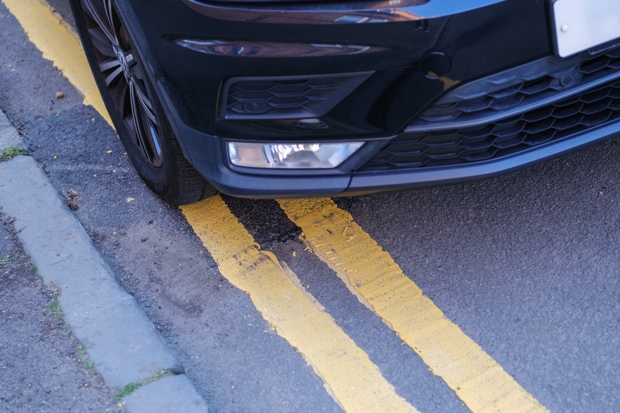Calls for clampdown on double yellow parking

More than half of UK drivers now feel that illegal parking on double yellow lines has become a serious problem in their local area.
Growing frustrating is particularly acute among those who live in busy areas, with concerns including visibility, access and safety.
The research from the AA comes as 6% of those who park illegally on double yellow lines claim "confusion over rules.".
The motoring organisation is therefore calling for clearer signage and better localised enforcement to help stamp out illegal double yellow line parking.
Drivers in the West Midlands and North East England are most concerned about the issue. Those in Eastern England are, relatively, least worried – but 47% of them still said it was an issue.
In terms of age groups, those aged 25-34 are most frustrated by double yellow line parking. This perhaps reflects their pressures of commuting, childcare and everyday driving on congested city streets.
In contrast, those aged over 65 are least worried.
"Parking on double yellow lines is illegal for a reason," says AA head of roads policy Jack Cousens. "It’s there to protect visibility, access and safety for everyone using the road.
"The impact of ignoring these rules isn’t just illegal, it’s social and practical too. These can include blocking emergency vehicles, delaying buses and putting pedestrians at risk.
"We’re urging councils to take a more localised approach by combining clear signage, consistent enforcement and public education to address the issue in a way that fits the needs of each community."
When can you park on double yellow lines?
The two exceptions are Blue Badge holders, who may park for up to three hours "provided it is safe and does not cause an obstruction" and for loading and unloading "if there are no kerb markings or signage indicating additional restrictions."
Because some motorists are still confused despite these clear-cut rules, the AA now also wants to see improved public education around parking regulations.

